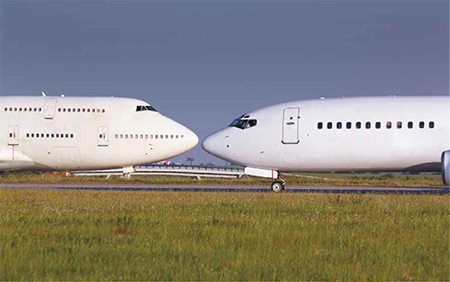Impacts of Expanding Airport Capacity on Competition and Connectivity

The Airports Commission was set up by the Government of the United Kingdom in 2012 to take an independent look at the UK’s future airport capacity needs. It has been tasked with setting out the nature, scale, and timing of steps needed to maintain the UK’s status as an international hub for aviation, alongside recommendations for making better use of the UK’s existing runway capacity by the end of 2013 and setting out recommendations on how to meet any need for additional airport capacity in the longer term by the summer of 2015.
In December 2013 the Commission published its Interim Report, which included a shortlist of three options for increasing the UK’s aviation capacity in the long term: two at Heathrow and one at Gatwick. To determine which alternative would provide the largest benefits to passengers, freight businesses and the UK economy overall it is important to understand how airlines are likely to respond to increased runway capacity.
This report summarises a quantitative analysis of the likely responses from airlines in all segments of the market building on a companion report that identifies the main drivers of airline behaviour and considers the possible influence of changes to existing business models and the introduction of new types of aircraft, such as the Boeing Dreamliner and Airbus A350.
Four sets of airline responses are modelled, two following expansion of Gatwick and two following expansion of Heathrow, to test outcomes under a range of scenarios for the overall development of the global aviation market. The analysis quantifies impacts on connectivity and potential benefits to the consumer through airline competition and relieving congestion at airports and reducing the associated economic rents.
This report is part of the International Transport Forum’s Country-Specific Policy Analysis (CSPA) series. These are topical studies on specific transport policy issues of concern to a country carried out by ITF on request.